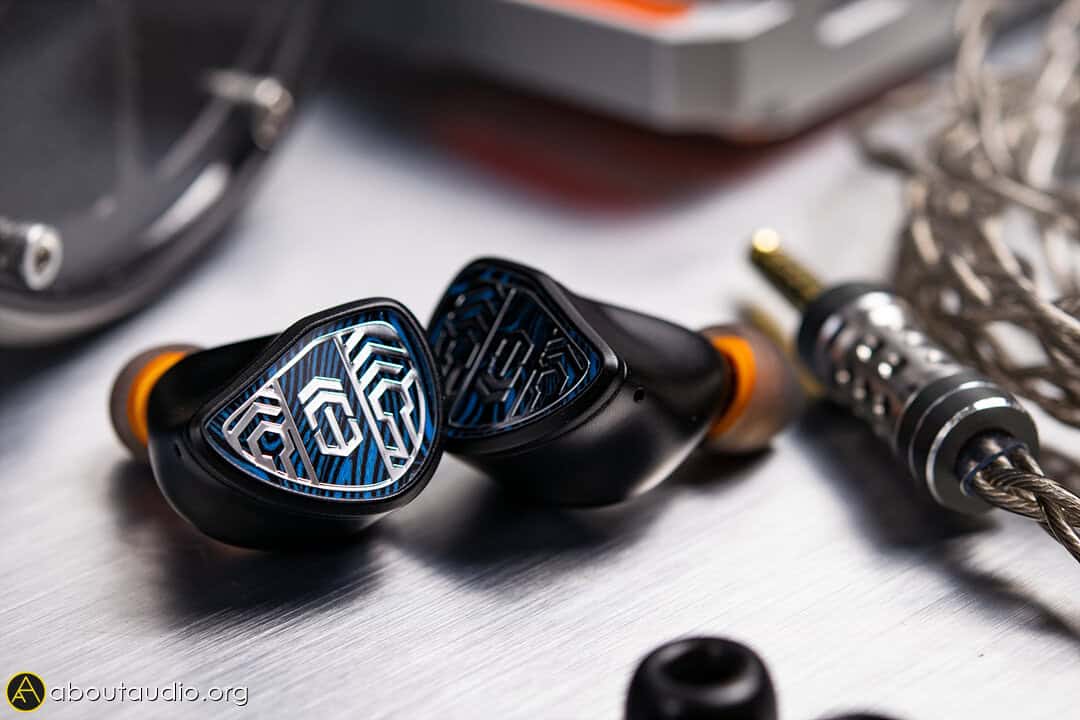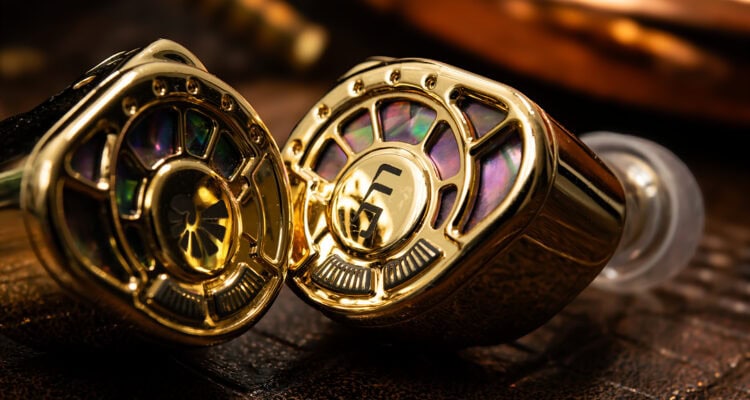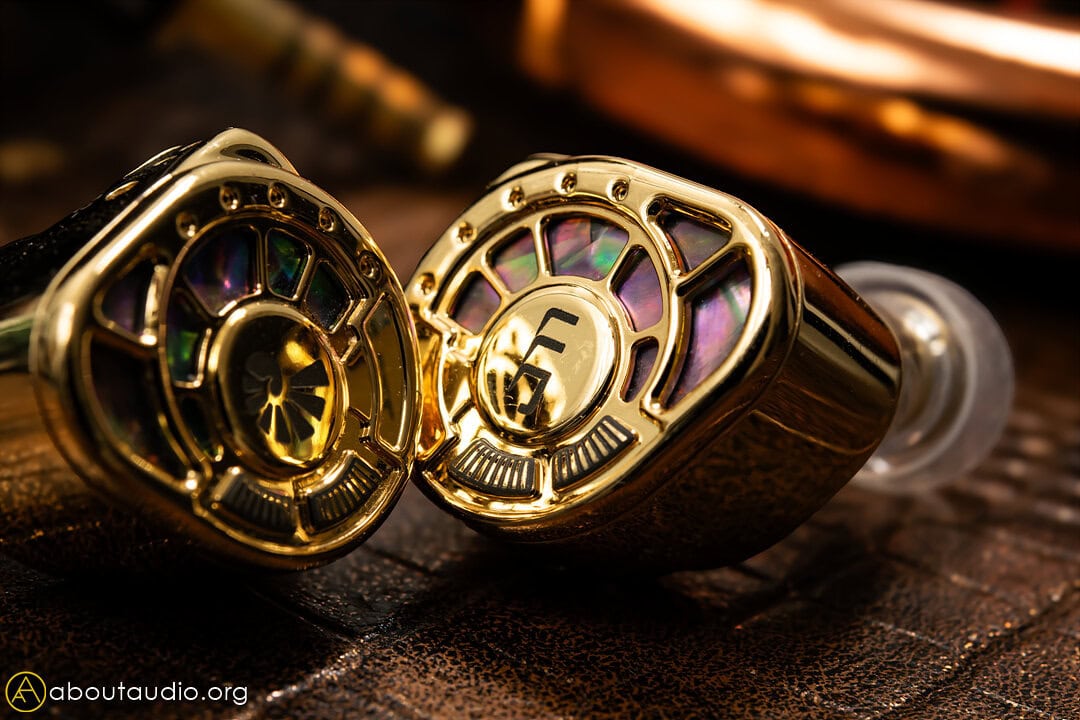
Compared to Campfire Audio Andromeda 2020 (Review link)
The biggest difference between these two would likely be how you like the vocal presentation. The Andromeda 2020 has a mid-centric sound; full and large vocals take the main spotlight with instruments surrounding them. On the other hand, Jomo Nautilus has a stronger v-shaped sound and focuses more on lows and highs with recessed and leaner mid-range.
When it comes to texture and timbre, Andromeda 2020 also has a smoother and warmer texture with a thicker and creamier timbre. Jomo Nautilus is relatively drier in texture and timbre, having a leaner sound and revealing more transparency and texture grains. These two IEMs contrast quite a lot if the main character would be the mids or the lows/highs, so the decision/preference will majorly come down to prioritizing which over the other.

Compared to Ice Lab Prismatica (Review link)
Overall, sound signature-wise, Prismatica sounds calmer in dynamics. Relatively speaking, I’d say Nautilus has traded off a bit of neutrality for introducing much more fun to the music. While Nautilus’ sound is quite v-shaped, highlighting the lows and highs (but still very prominent vocals nonetheless), Nautilus doesn’t sound veiled or heavily bassy. Since the use of bone conduction drivers, Nautilus’ bass focuses on the vibration and rumbles. The bass is more agile and tight in reverbs.
Meanwhile, Prismatica allows more bass quantity and reverbs, overall sounding more bassy and thicker. The textures are softer and warmer than Nautilus’s, but as mentioned in our Prismatica review, Ice Lab has done a very nice job keeping the sound clean and transparent while doing so. If you’re seeking strong, full, and rich bass with thick mid-highs, Prismatica would suit you better. Though if you’re looking for a more balanced sound and focus more on the vibration and splashes of sounds, Nautilus would serve better.

The “Bang for a Kilobuck” Endgame
Jomo Audio Nautilus is a refreshing reminder that sub-$1k IEMs can still radiate flagship charm. Its bass isn’t just powerful but atmospheric, filling the headroom with a lively vibration that feels super rich yet controlled. The mids, though not forward, scale impressively large with creamy smoothness and refined detail, while the treble maintains Jomo’s signature finesse—silky, textured, and fatigue-free.
What makes Nautilus special is its ability to balance fun and refinement. The v-shaped tuning delivers excitement without sacrificing clarity, and the unique tribrid driver setup (dynamic, planar, and bone conduction) translates into a presentation that feels both organic and technically adept. Nautilus doesn’t chase exaggerated resolution or piercing highs; instead, it offers a musical, fatigue-free sound that listeners can enjoy for hours. I especially enjoyed the large, spatial bass evenly surrounding the headroom – an iconic and very charming element from Nautilus, making it stand out even when compared to higher-priced IEMs.
At $800, Nautilus positions itself as a hidden gem in the mid-tier flagship arena, competing confidently against higher-priced rivals. Its brass shell and mother-of-pearl faceplate add a touch of luxury to match its sonic elegance. For those seeking an IEM that blends spacious bass, creamy mids, and refined treble into a coherent, engaging whole, Nautilus is a hype worth hopping onto as an IEM that lets you enjoy artistry and lushness of summit-fi IEMs at a very reasonable price!



